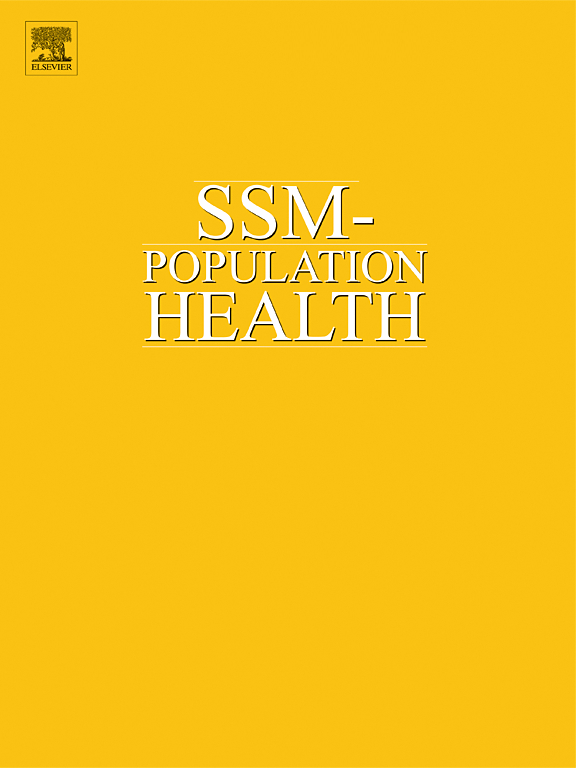Exploring the association between segregation and physical intimate partner violence in Lima, Peru: the mediating role of gender norms and social capital
| Year | : | 2019 |
|---|---|---|
| Author/s | : | Martín Benavides, Juan Leon, Manuel Etesse, Lucía Espezúa, Jimena Stuart |
| Area/s | : | Ethnicity, gender and citizenship |
Benavides, Martín; Juan León, Manuel Etesse, Lucía Espezúa y Jimena Stuart (2019). Exploring the association between segregation and physical intimate partner violence in Lima, Peru: the mediating role of gender norms and social capital. SSM Population Health, 7, 1-9. doi.org/10.1016/j.ssmph.2018.100338.
Intimate partner violence (IPV) has been globally recognized as a major public health problem. A growing body of evidence has identified a significant relationship between living in a neighborhood of concentrated disadvantage and experiencing IPV. Considering the increasing rates of poverty and segregation registered in Latin American cities, research on the effects of segregation on IPV seems to be particularly necessary in the region. Therefore, this study aims to analyze the impact of economic residential segregation on physical IPV, exploring the mediating roles of social capital and gender norms unfavorable to women. This study used an original dataset in which women from five districts of Metropolitan Lima were interviewed. The results show that residential segregation indirectly influences on physical IPV through the considered mechanisms. In this regard, it was found that segregation increases the likelihood of prevailing gender norms unfavorable to women, and this in turn increases the likelihood of IPV. At the same time, segregation fosters the development of greater social ties among the neighbors, which in turn diminish the levels of IPV. Regarding the overall effect of segregation through both mechanisms, on average social capital is a factor of more relevance. The findings suggest that strengthening the informal networks among neighbors is a powerful strategy to reduce physical IPV in contexts of poverty and segregation.







